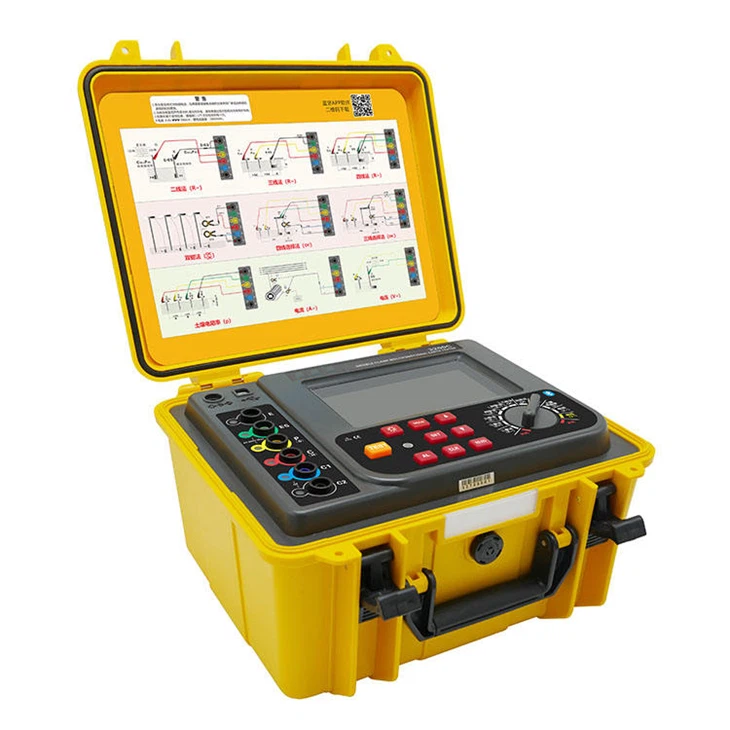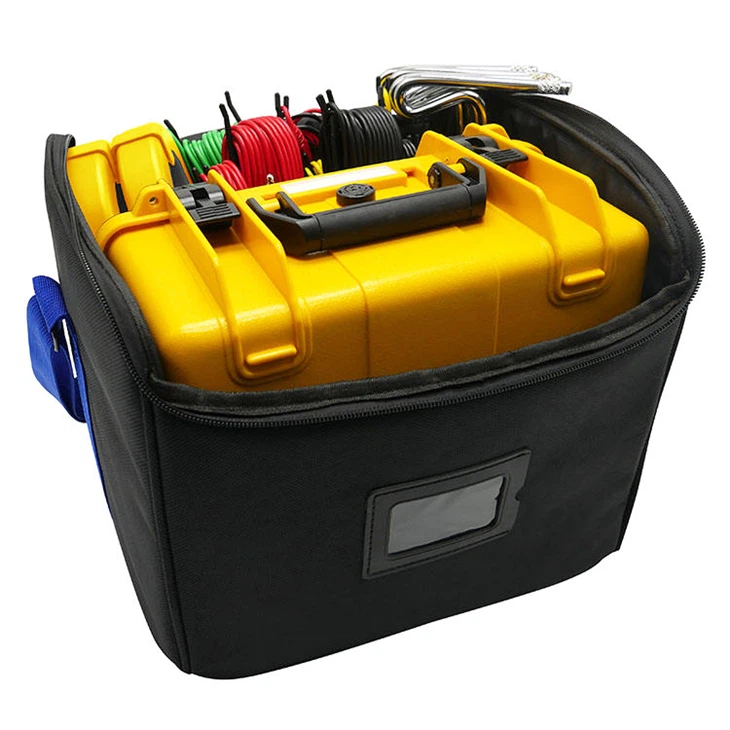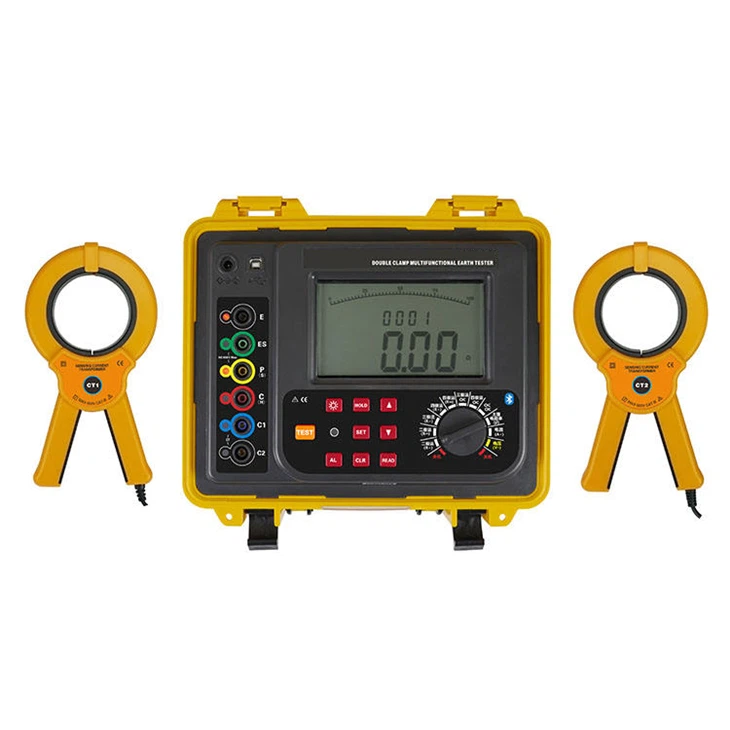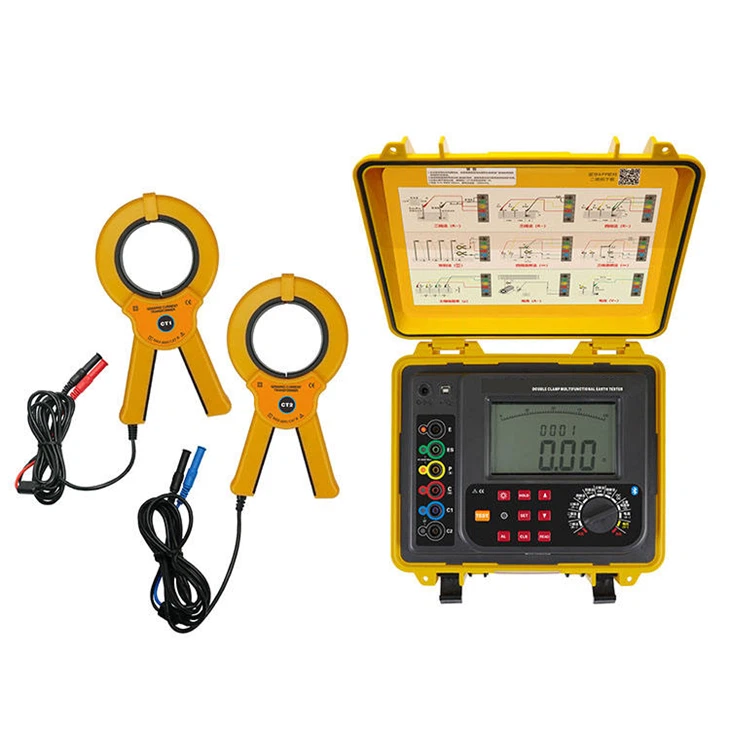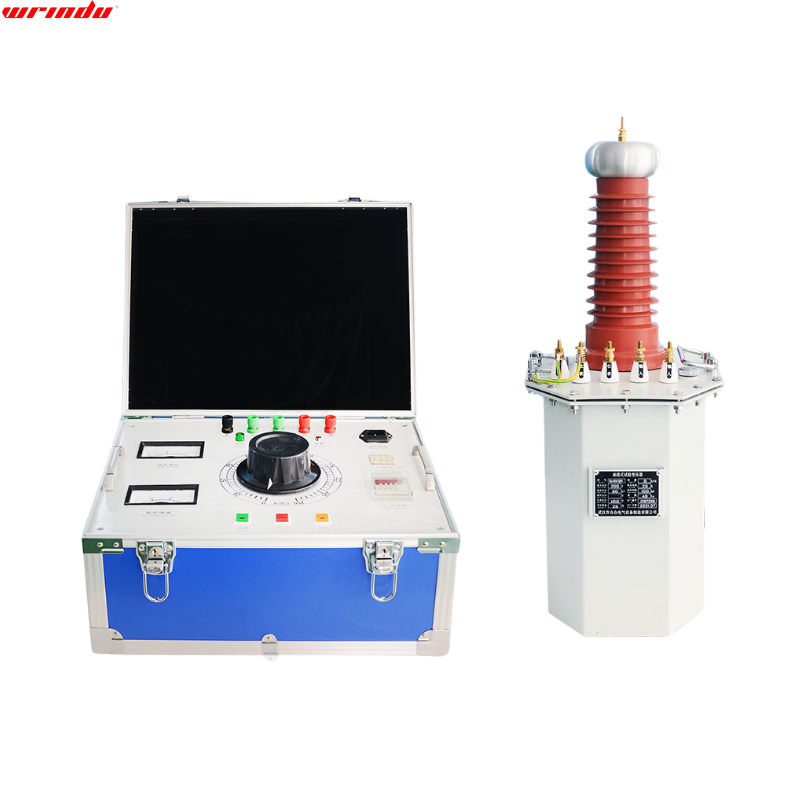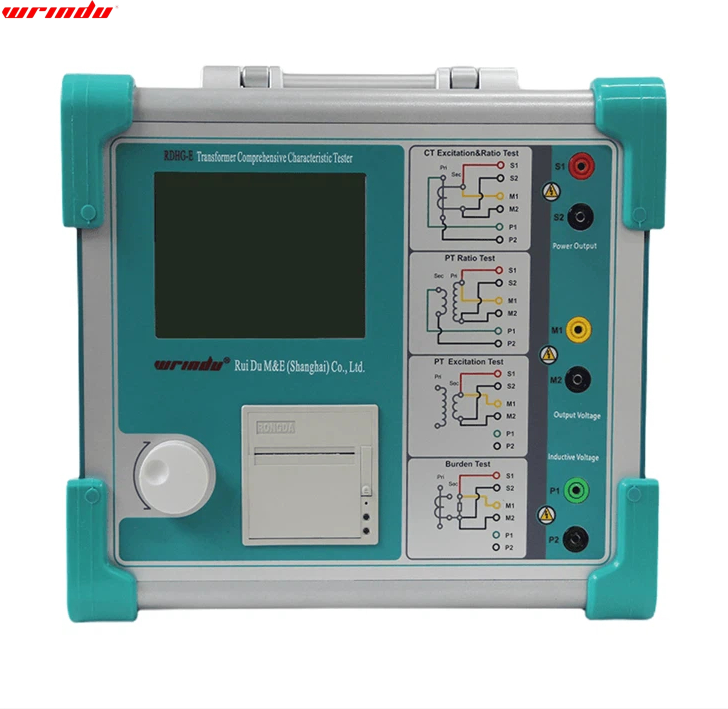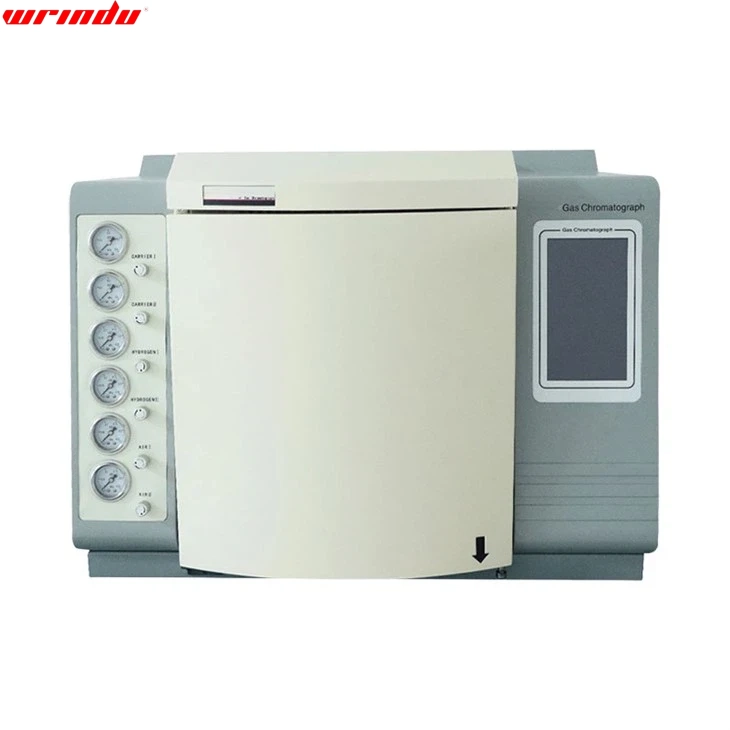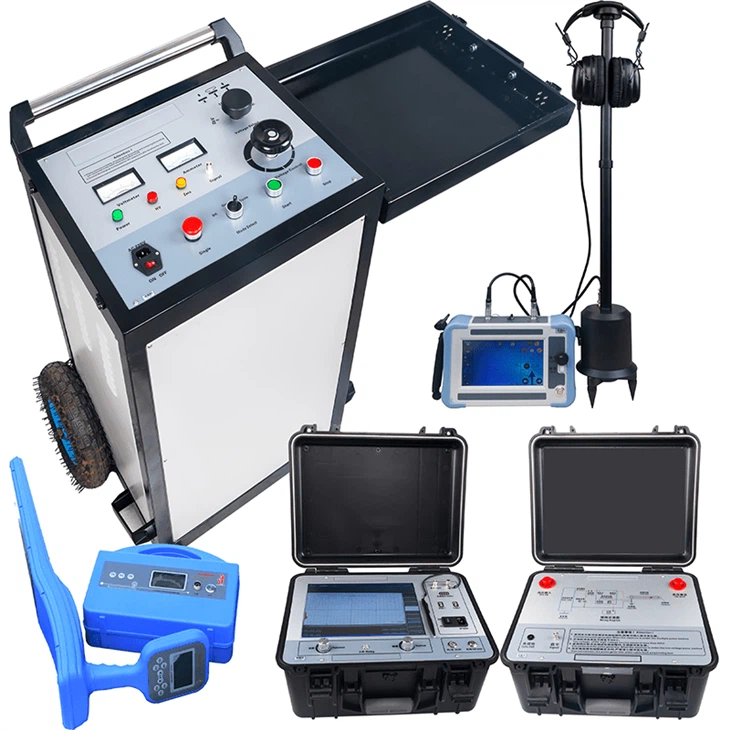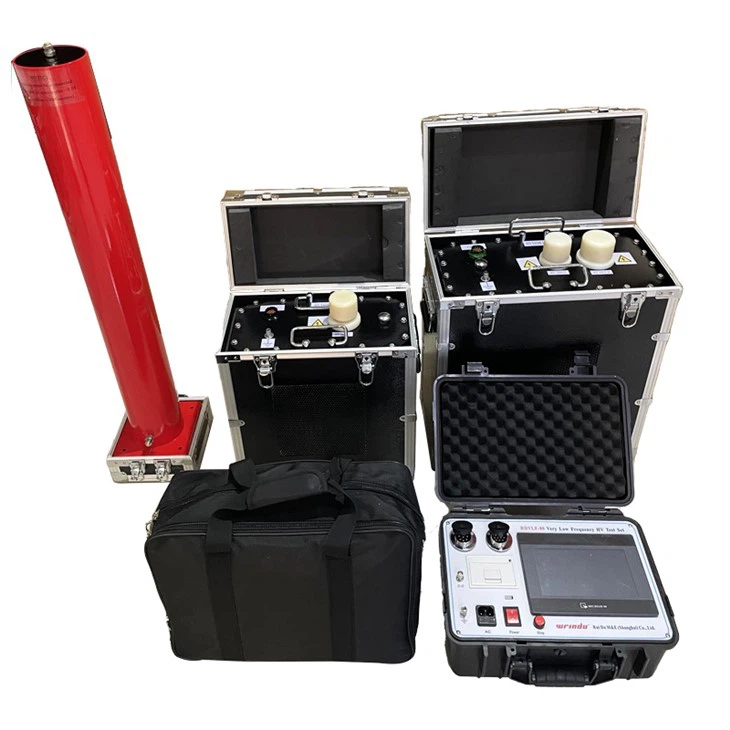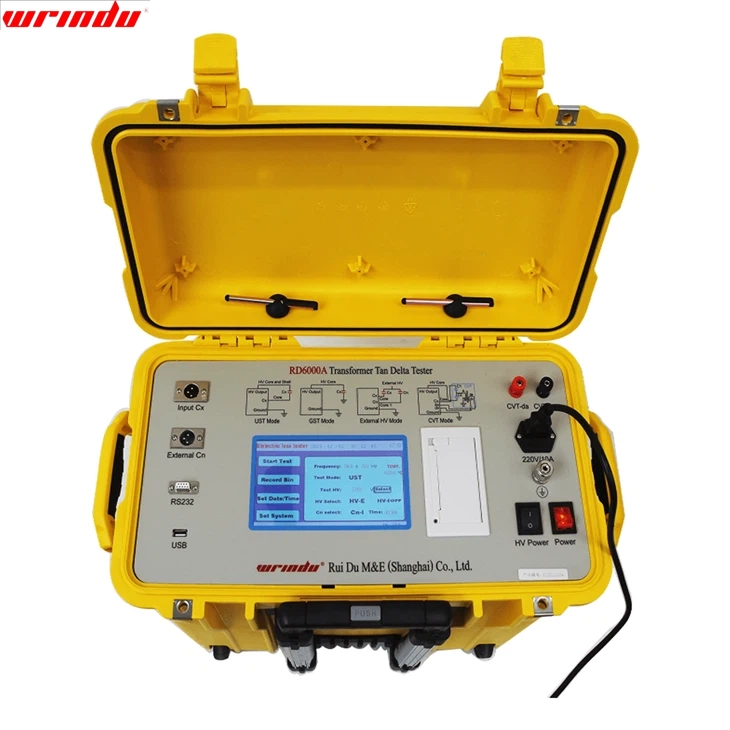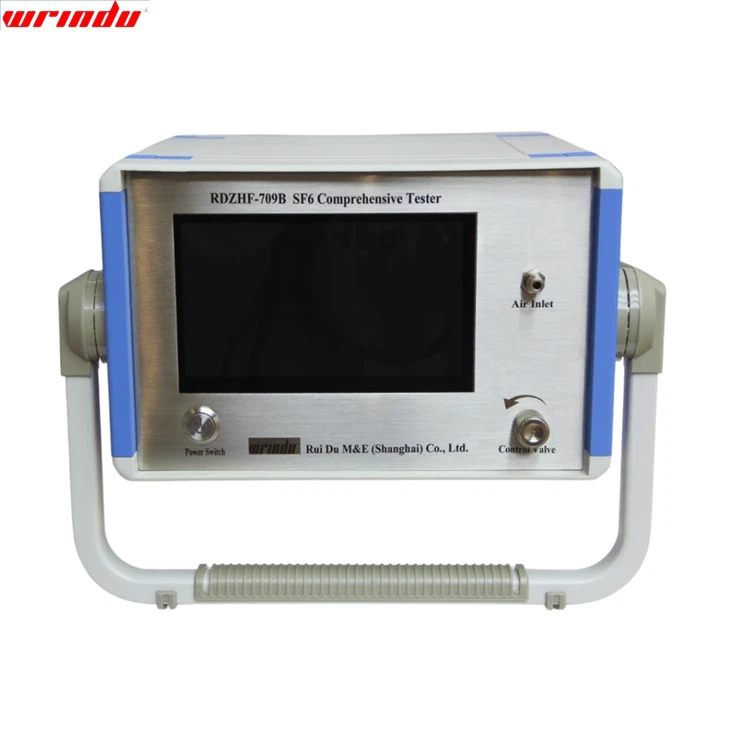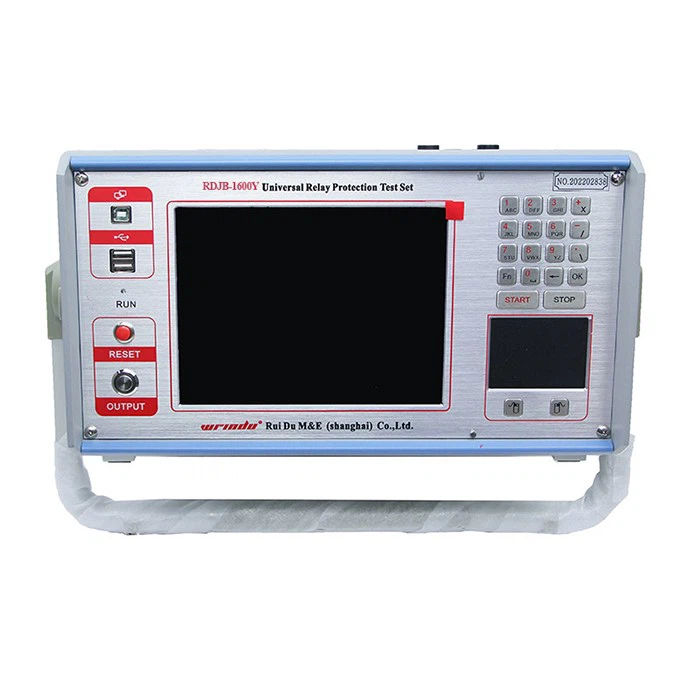OVERVIEW
A double – clamp ground resistance tester combines multiple functions. It can measure ground resistance, soil resistivity, ground voltage, ground – wire leakage current, and alternating current (AC). It supports a variety of measurement methods, such as the precision 4-line method, 3-line method, simple 2-line method, selection method, and dual clamp method, which can flexibly cope with various measurement needs. Its large-diameter current clamp design can directly measure the ground resistance value of complex grounding structures such as the under-line ground system, accurately testing single-point and mesh grounding. Convenient. The test instrument uses FFT (Four -Fourier Transformation) technology and AFC (automatic frequency control) technology to ensure high accuracy, stable and reliable measurement results. The shell adopts a solid and durable waterproof protective box, which is anti-collision, falling, and waterproof (the protective grade of the lid is up to IP65), which is suitable for harsh environments such as outdoor construction sites.
CHARACTERISTIC
- 1. It is equipped with an LCD with backlight and stick – diagram instructions.
- 2. Reserve up to 2,000 sets of data.
- 3.It has alarm instructions and automatic shutdown functions.
- 4. The double clamp ground resistance tester supports the reading and review of historical data.
For more information about clamp-type ground resistance testers, please click More.
To request the latest quotes, please click Contact Us.
FAQ
Q: How do you measure ground resistance with a clamp meter?
A:
1. Get a Grounding Clamp Meter:
Ensure it has a “ground resistance” function.
2. Prepare and Isolate:
Clean the area, disconnect the grounding, and zero the clamp.
3. Position and Measure:
Clamp around the electrode, and measure the current.
4. Calculate Resistance:
Use Ohm’s Law or check the meter reading.
5. Interpret Results:
Compared with standards, lower values are better. Always follow safety guidelines.
Q: What is the theory of clamp-on ground resistance tester?
A: A clamp-on ground resistance tester employs inductive coupling, detecting the magnetic field induced by ground current. The clamp sensor analyzes this field to calculate ground resistance, providing efficient and non-intrusive testing without direct contact with the ground.
Q: What are the three most common methods of determining ground resistance?
A:
1. Fall of Potential (3-point) Method:
Measures voltage drop between a current injection electrode and a distant ground electrode.
2. Wenner 4-point Method:
Utilizes four equally spaced electrodes to assess ground resistance.
3. Clamp-On Method:
A clamp meter measures the magnetic field around the grounding conductor, determining resistance without ground contact.




